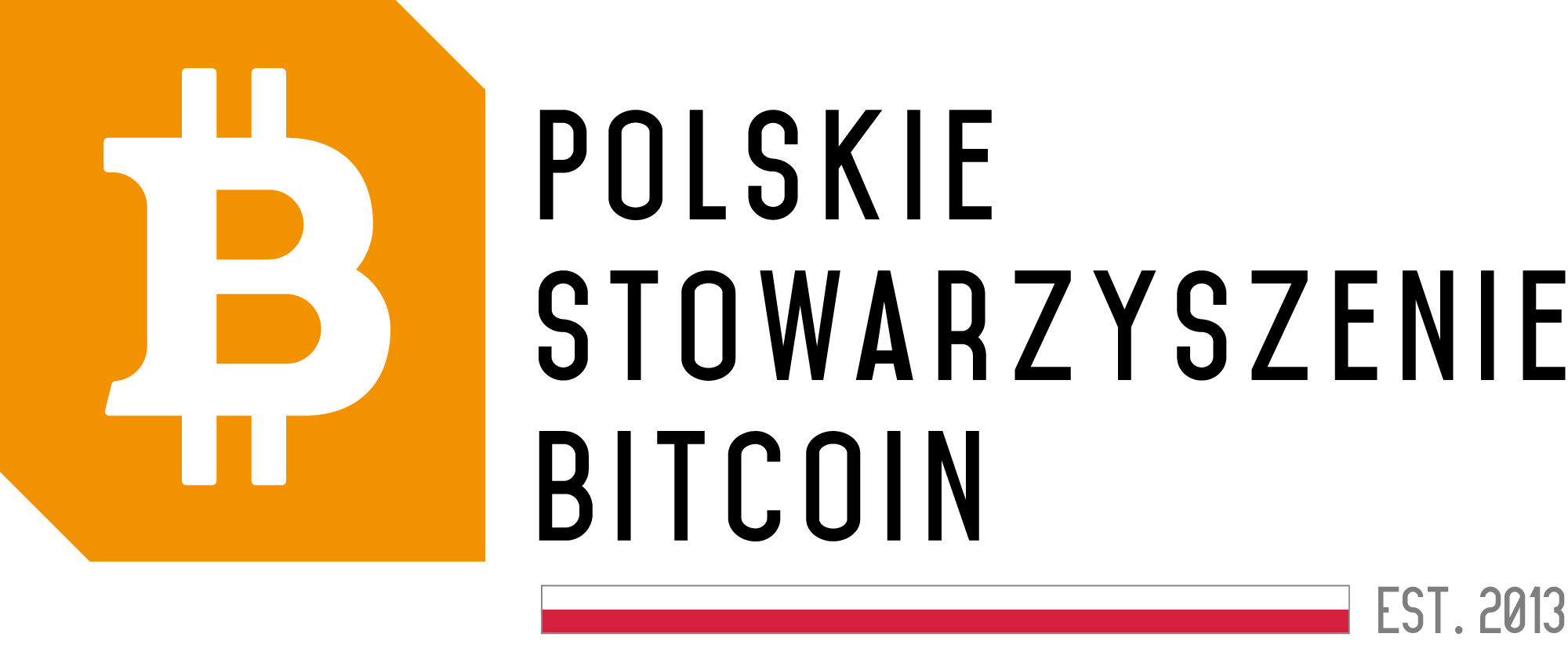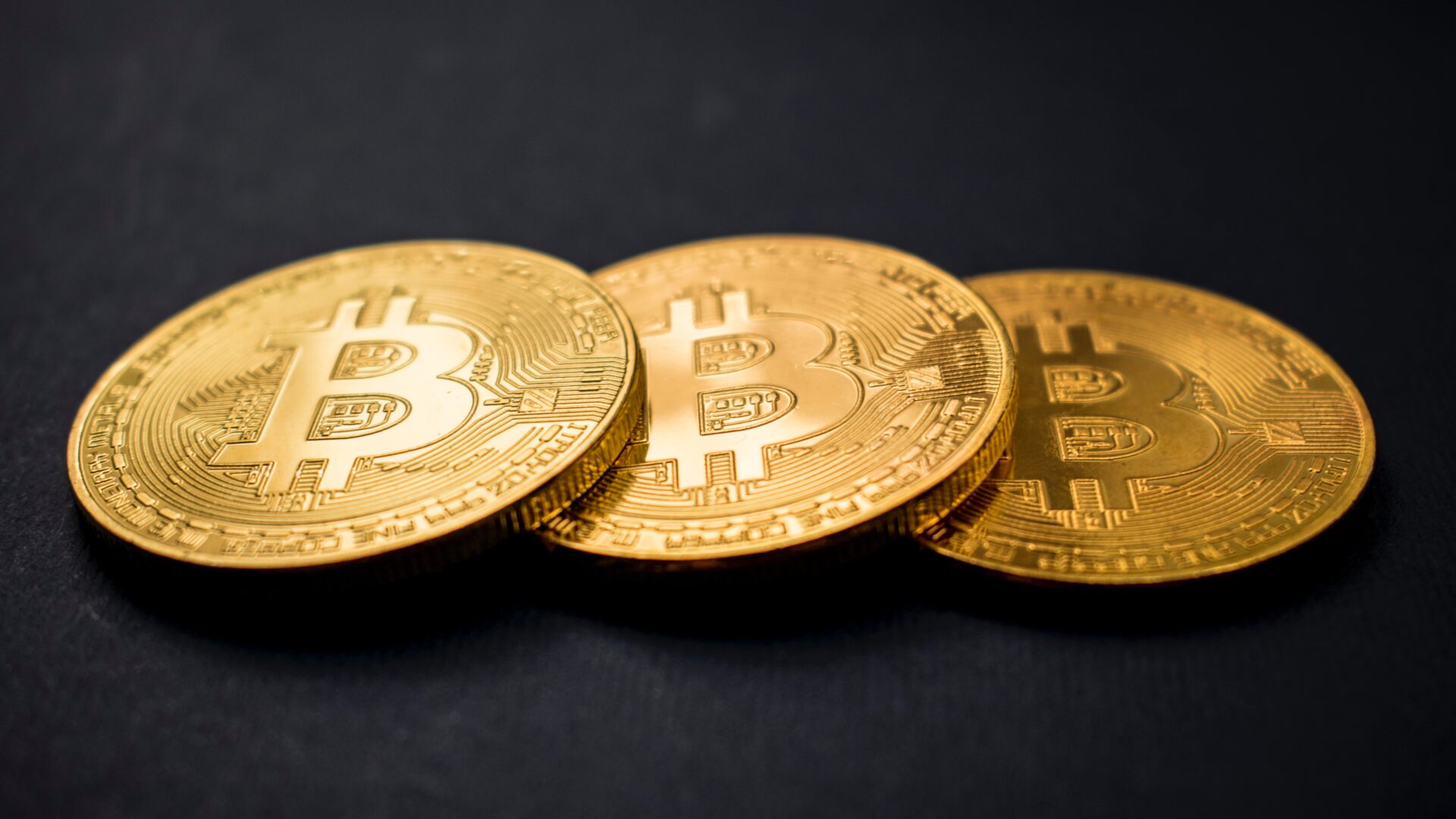Decrease in the Volume of Bitcoins Transferred by Miners
Since April 19th, there has been a decrease in the volume of Bitcoins transferred by miners. This phenomenon is directly related to the recent event of reward halving, which had a significant impact on the cryptocurrency creation mechanism.
Reduction in Miner Rewards and Its Consequences
The decision to reduce miner rewards from 6.25 BTC to 3.125 BTC has led to a decrease in the share of Bitcoin volume attributed to this group. The low rate of creating new Bitcoins introduced into circulation may result in a further decrease in share post-halving, which occurs every four years.
Effects of Decreased Miner Rewards
The decrease in miner rewards on the Bitcoin network limits the share in the total volume, which in turn affects the pace of adding new BTC to the blockchain. The current inflation rate is about 1.66%, representing a significant change compared to the period before the halving event.
Miner Supply Ratio BTC and Market Changes
Following the halving event, the Miner Supply Ratio BTC indicator slightly decreased, reflecting the proportion of new coins added to the total supply by miners. The decrease in miner reserves and Miner to Exchange Flow indicate reduced transactional activity of miners on exchanges, which can be interpreted as optimistic behavior despite the decline in Bitcoin’s value.
In summary, the decrease in miner rewards observed since April 19th has triggered a series of changes both in the dynamics of the Bitcoin network and in miners’ approach to the cryptocurrency. Cryptocurrency markets remain a volatile and unpredictable area that requires attention and continuous monitoring of changes.






